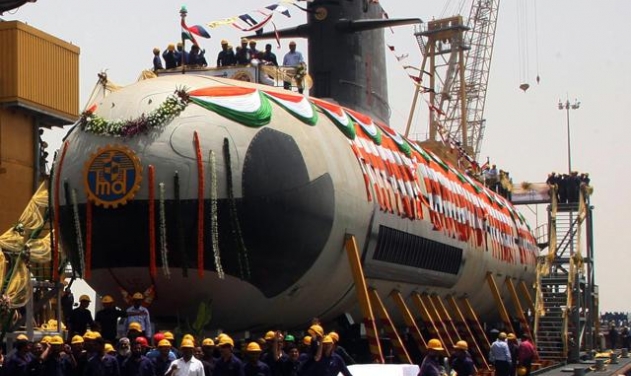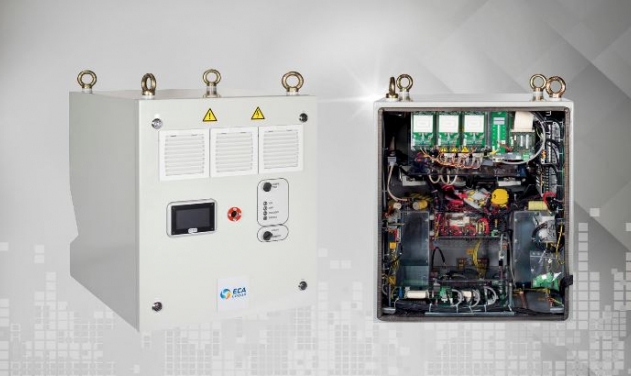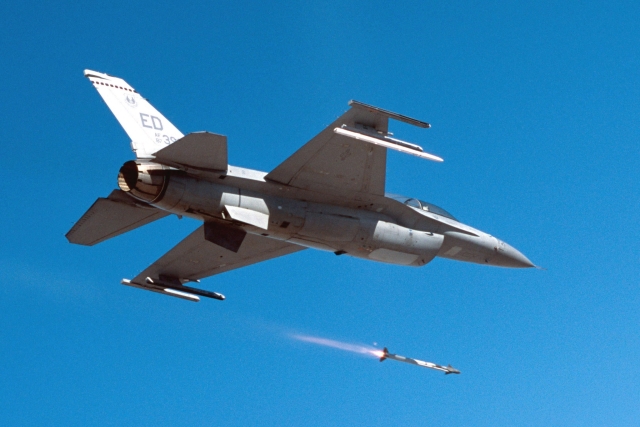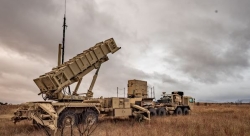Stealth Data Of Indian Navy’s Scorpene Submarine Project Leaked
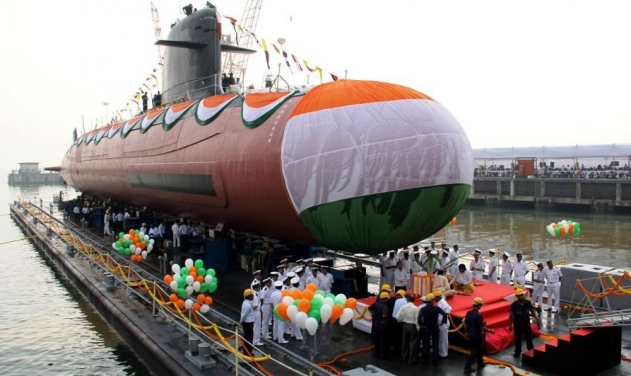
Secret documents spreading over 22,000 pages relating to Indian Navy’s Scorpene submarine project involving French DCNS has been leaked.
Marked “Restricted Scorpene India”, the DCNS documents detail the most sensitive combat capabilities of India’s new $US3 bn ($3.9bn) submarine fleet and would provide an intelligence bonanza if obtained by India’s strategic rivals, such as Pakistan or China, The Australian news daily reported Wednesday.
Kalvari, the first Scorpene-class submarine being built for the Indian Navy has completed sea trials in May this year.
The Scorpene-class submarines are a class of diesel-electric attack submarines being built at Mazagon dockyard in Mumbai, with technical assistance and equipment from French companies DCNS and Thales.
According to the news daily, the leaked DCNS data details the secret stealth capabilities of the six new Indian submarines, including what frequencies they gather intelligence at, what levels of noise they make at various speeds and their diving depths, range and endurance — all sensitive information that is highly classified. The data tells the submarine crew where on the boat they can speak safely to avoid detection by the enemy. It also discloses magnetic, electromagnetic and infra-red data as well as the specifications of the submarine’s torpedo launch system and the combat system.
It details the speed and conditions needed for using the periscope, the noise specifications of the propeller and the radiated noise levels that occur when the submarine surfaces.
The data seen by The Australian includes 4457 pages on the submarine’s underwater sensors, 4209 pages on its above-water sensors, 4301 pages on its combat management system, 493 pages on its torpedo launch system and specifications, 6841 pages on the sub’s communications system and 2138 on its navigation systems.
DCNS yesterday sought to reassure Australians that the leak of the data on the Indian Scorpene submarine would not happen with its proposed submarine for Australia. The company also implied — but did not say directly — that the leak might have occurred at India’s end, rather than from France. “Uncontrolled technical data is not possible in the Australian arrangements,” the company said. “Multiple and independent controls exist within DCNS to prevent unauthorised access to data and all data movements are encrypted and recorded. In the case of India, where a DCNS design is built by a local company, DCNS is the provider and not the controller of technical data.
“In the case of Australia, and unlike India, DCNS is both the provider and in-country controller of technical data for the full chain of transmission and usage over the life of the submarines.”
However, The Australian has been told that the data on the Scorpene was written in France for India in 2011 and is suspected of being removed from France in that same year by a former French Navy officer who was at that time a DCNS subcontractor.
The data is then believed to have been taken to a company in Southeast Asia, possibly to assist in a commercial venture for a regional navy.
It was subsequently passed by a third party to a second company in the region before being sent on a data disk by regular mail to a company in Australia. It is unclear how widely the data has been shared in Asia or whether it has been obtained by foreign intelligence agencies.
The data seen by The Australian also includes separate confidential DCNS files on plans to sell French frigates to Chile and the French sale of the Mistral-class amphibious assault ship carrier to Russia. These DCNS projects have no link to India, which adds weight to the probability that the data files were removed from DCNS in France.
DCNS Australia this month signed a deed of agreement with the Defence Department, paving the way for talks over the contract which will guide the design phase of the new submarines. The government plans to build 12 submarines in Adelaide to replace the six-boat Collins-class fleet from the early 2030s. The Shortfin Barracuda will be a slightly shorter, conventionally powered version of France’s new fleet of Barracuda-class nuclear submarines.
Defence Industry Minister Christopher Pyne said his officials believed the leak had “no bearing” on the Australia’s submarine program.
“The Future Submarine Program operates under stringent security requirements that govern the manner in which all information and technical data is managed now and into the future,” Mr Pyne’s office was quoted as saying in a statement.
“The same requirements apply to the protection of all sensitive information and technical data for the Collins class submarines, and have operated successfully for decades.”
Restricted data
The secret information the leaked documents reveal:
• The stealth capabilities of the six new Indian Scorpene submarines
• The frequencies at which the subs gather intelligence
• The levels of noise the subs make at various speeds
• Diving depths, range and endurance
• Magnetic, electromagnetic and infra-red data
• Specifications of the submarine’s torpedo launch system and the combat system
• Speed and conditions needed for using the periscope
• Propeller’s noise specifications
• Radiated noise levels when the submarine surfaces


